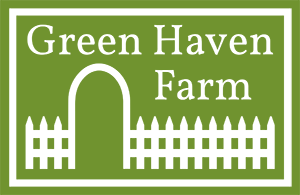Plant Profile: Monarda
By Alyce Goldman and Cathrine St.Clair
Monarda didyma
The National Garden Bureau has declared 2021 the year of Monarda, and for good reason. All species of Monarda are native to North America. It is beloved by pollinators and also plays a role in this country’s history. Native Americans used Monarda didyma (Scarlet Bee Balm) to make an herbal tea. The early American settlers learned from them and then had a tea substitute following the Boston Tea Party. Monarda has a long history of medicinal use, including the soothing of insect bites and bee stings – earning it the name “Bee Balm”.
Monarda didyma ‘Raspberry Wine’
Commercially available Monarda species bloom in mid-summer. The unique flower heads with clusters of tubular flowers attract hummingbirds, specialist bees, and hawk moths. Different species of Monarda bloom in different colors and selection, cross breeding and hybridizing has increased the color range even more to include shades of red, pink, purple and even white. Deadheading flowers can prolong the bloom period.
Monarda is a sun-loving perennial but can tolerate some shade. It likes moist soil but is still quite drought tolerant once established. A member of the mint family, its fragrant foliage makes it unpalatable to deer and rabbits. While not as aggressive as other mint family members, it will spread by underground stolens, especially in rich, moist soils. Check every spring to make sure it is not encroaching on neighbors.
Monarda fitsulosa
Most commercially available Monarda grows 2-4 feet tall. They usually do not require staking. The height can be reduced by pinching early in the season. There are also new, dwarf cultivars available that are only a foot tall.
Monarda can be plagued by powdery mildew, but breeding and selection has resulted in some wonderful, mildew- resistant cultivars. Still, it is best to give plants decent air circulation to prevent disease. Drought stress can also contribute to powdery mildew.
Whichever size or color you choose, Monarda is an all-around versatile native plant that bees and hummingbirds cannot resist.
Want a little more information on Monarda? Here are a couple links.



